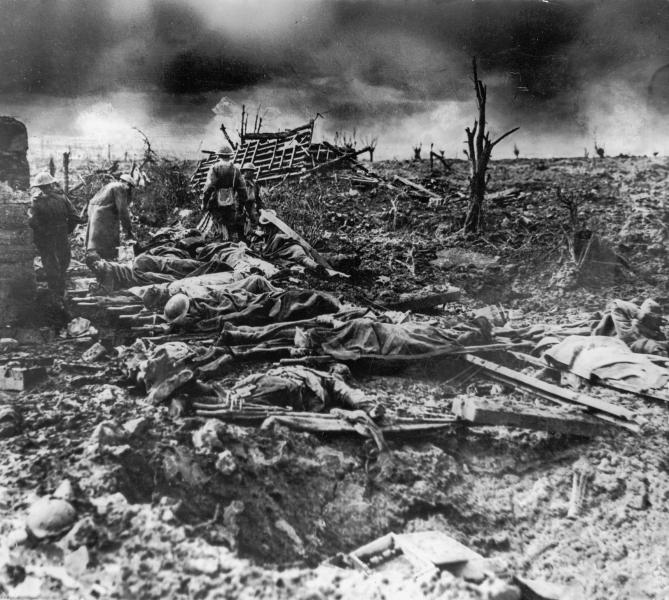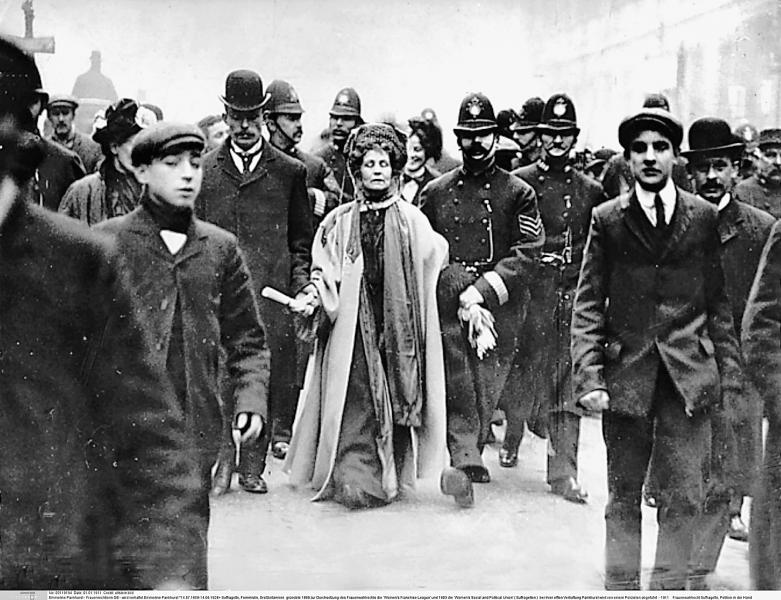BOOK REVIEW: To End All Wars

WWI, the Picture of Futility
To End All Wars: A Story of Loyalty and Rebellion, 1914–1918
By Adam Hochschild
Houghton Mifflin Harcourt, 2011, 448 pages, $28
Although non-pacifists might attempt to justify some wars because their intent is to save lives or protect freedoms, no reasonable person could justify the carnage produced by World War I (WWI). In his masterful history of this almost-forgotten war, Adam Hochschild demonstrates vividly and painfully how four years of fighting produced nearly 1 million deaths, 20 times that many young soldiers with grievous injuries, and more than 1,000 incarcerated resisters. These war victims came from a dozen fighting countries, many of which suffered ruined farmland, destroyed cities, and a bankrupt economy.
Hochschild, a well-credentialed journalist and historian, provides a fresh account of “the war to end all wars.” To End All Wars is not the gung ho play-byplay account found in yawn-inducing history texts. Rather, Hochschild provides cogent portraits of the military planners, explains their decisions and the consequences, and describes some key battles, primarily the resulting carnage (this is not a book to read around mealtime). His primary focus, though, is on the civilians—jingoist and socialist pacifist alike—who commanded international attention. The story of WWI, Hochschild writes, is about “clashing sets of dreams”: on one hand, the desire “to rejuvenate the national spirit and the bonds of empire” and, on the other, to prevent the “workingmen of Europe” from fighting each other by inducing soldiers to desert. The ultimate goal of some WWI activism was to demonstrate that the Russian Revolution “was a shining example that other nations would soon follow.”
A particularly vociferous supporter of England’s involvement in WWI and the country’s simultaneous imperialist efforts in Africa was Rudyard Kipling, a Nobel Prize winner for literature. The death of Kipling’s son John in 1915 only propelled him to issue even more determined exhortations to fight harder, and his skill and fame as a writer gave him outsized credibility with the public.
Kipling’s intellectual equal on the antiwar side was Bertrand Russell, a recipient of the same prize, a logician, and Britain’s best-known philosopher. Most famous among the anti-imperialist activists, Russell was nevertheless conflicted by his desire for the defeat of Germany and his love of England and his innate pacifism, which ultimately proved strongest. Hochschild quotes him: “As a lover of truth, the national propaganda of the belligerent nations sickened me. As a lover of civilization, the return to barbarism appalled me…the massacre of the young wrung my heart.” In 1918, Russell served six months in prison, convicted for his published assertions that U.S. soldiers would come to Britain to serve as strikebreakers; a judge believed Russell’s statement would have a “diabolical effect” on relations between both countries..

The famed Pankhurst matriarchy overloads the narrative of the war with every stripe of moral outrage. Although all the family members united to found the impressive movement for women’s suffrage in Britain—and served harsh prison sentences and endured forced feedings in response to their hunger strikes—different family members reflected all sides of those disparate dreams for WWI. Here are the Pankhurst family highlights: Mother Emmeline ended her involvement with suffrage in order to spend her time militantly promoting the war. She later ardently supported Russia but, disillusioned by Bolshevekism, joined the Conservative Party and remained a member until her death. Daughter Christabel, who also morphed into a vocal WWI proponent, ultimately became an evangelist in California. Emmeline’s other daughters were staunch pacifists and became estranged from their mother and other sister. Sylvia toyed with communism but settled on anti-fascism as her post-suffragette passion. Adela, even more disconnected from the family, moved to Australia to become involved in its Women’s Peace Army.
These brief snapshots only hint at why To End All Wars is a fascinating book. For decades I have devoured leftwing history books, and this is by far the liveliest, least dogmatic, and most nuanced book I’ve encountered, especially considering that Adam Hochschild did not have the benefit of interviewing the key figures whose stories he presents. But the book’s importance transcends its value as a good read. Because many historians—cited by Hochschild, who shares this view—have called WWI the most senseless war ever fought, it is critical for pacifist activists to understand the reasons for every decision made by its architects so we can knowledgeably refute similar arguments for current and future wars. Although proponents of a particular war may find ways to justify it, and say that it is different from and more compelling than every other, the essence of all wars is the same. And WWI provides more examples of the futility of fighting than any other war. We would also do well to study anti-WWI tactics so we can adapt the most effective for our current peace activities and avoid repeating the errors that instigated a backlash.
Wendy Schwartz, a pacifist activist, is the granddaughter of a WWI veteran who never fully recovered from his wounds. She is proud to have been the friend and colleague at WRL of two courageous yet humble WWI resisters: David Berkinghoff and Prafulla Mukerji.
